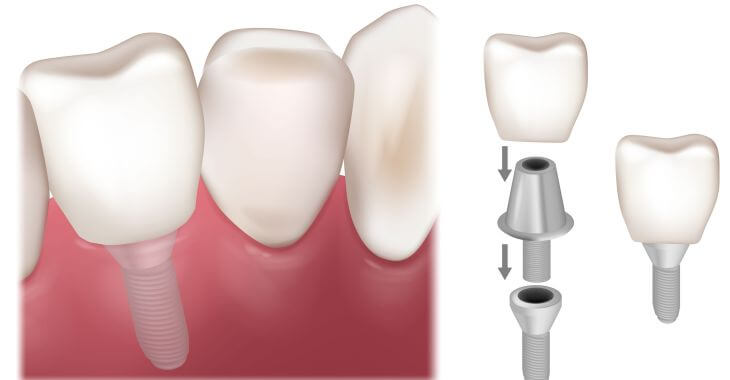How Often to Use Whitening Strips: A Guide to a Brighter Smile

Crest teeth whitening strips are a popular and convenient way to achieve a brighter smile at home. However, using these products correctly is essential to avoid potential side effects and achieve the desired results. Learn how often to use whitening strips effectively and safely in this guide.
Understanding Teeth Whitening Strips
Teeth whitening strips are thin, flexible pieces of plastic coated with a peroxide-based whitening gel. They are designed to be applied directly to the surface of your teeth and left in place for a specified amount of time. The gel penetrates the enamel to remove stains, resulting in whiter teeth.
Factors Influencing Whitening Results
Before determining how often to use whitening strips, it’s essential to understand that individual results can vary based on several factors:
- Initial Tooth Color: The natural color of your teeth plays a significant role in how effective whitening strips will be. People with yellowish or light gray teeth typically see better results than those with brownish or dark gray teeth.
- Stain Severity: The type and severity of stains on your teeth will impact how well whitening strips work. Surface stains from coffee, tea, or smoking tend to respond well to whitening, while deeper, intrinsic stains may be more challenging to remove.
- Consistency of Use: Following a consistent whitening regimen is crucial for optimal results. Irregular use or failure to follow instructions can lead to uneven or unsatisfactory results. How often to use whitening strips and how long to leave Crest whitening strips on impact how well these devices work.
- Product Strength: Whitening strips come in various strengths, with some containing higher concentrations of peroxide than others. Stronger products may deliver faster results but can also increase the risk of tooth sensitivity.
How Often to Use Whitening Strips
The frequency of whitening strip use depends on the specific product, its peroxide concentration, and your individual goals. Here are some general guidelines to consider:
- Follow the Product Instructions: The most critical aspect of determining how often to use whitening strips is to read and follow the instructions provided with the product. These instructions will specify the recommended usage frequency, application time, and duration of the treatment.
- Daily Use: Many whitening strips are designed for daily use. In such cases, you may need to apply the strips once daily for a specified number of days or weeks. These products typically have lower peroxide concentrations to minimize tooth sensitivity.
- Short-Term Intensive Treatments: Some whitening strips are intended for short-term, intensive treatments. These may be used more frequently, such as twice a day, but for a shorter overall duration (e.g., 5-7 days). These products may have higher peroxide concentrations for faster results.
- Maintenance Treatments: After completing an initial whitening regimen, you may need to use maintenance strips less frequently to keep your teeth looking their best. These can be used once a week or as directed by the product instructions.
- Sensitive Teeth: If you have sensitive teeth, you may want to use whitening strips less often or choose products specifically formulated for sensitive teeth. These products typically have lower peroxide concentrations and gentler ingredients to minimize discomfort.
- Consult with a Dentist: If you’re unsure how often to use whitening strips or which product is best for your needs, it’s a good idea to consult your dentist. They can provide personalized recommendations based on your oral health and goals.
Tips for Using Crest Whitening Strips
If you are using Crest whitening strips, you want to ensure that you use them safely. To achieve the best results while minimizing potential side effects, consider these tips for safe and effective Crest teeth whitening strip use:
- How long to leave Crest whitening strips on: Follow the package instructions. Most whitening strips are only meant to be applied for 30 minutes.
- Brush and Floss: Always start with clean teeth. Before applying the whitening strips, brush and floss to ensure the gel makes full contact with your teeth.
- Avoid Overuse: Using whitening strips more often or for longer durations than recommended can increase the risk of tooth sensitivity and gum irritation. Stick to the recommended regimen.
- Limit Stain-Causing Foods and Drinks: While using whitening strips, try to limit consumption of stain-causing foods and beverages such as coffee, tea, red wine, and dark berries. This can help maintain your results.
- Be Mindful of Sensitivity: If you experience tooth sensitivity while using whitening strips, consider using a desensitizing toothpaste, applying the strips less frequently, or taking short breaks between treatments.
How Long Do Crest Whitening Strips Take to Work?
There are different strengths available of Crest teeth whitening products. The length of time to see results varies, but most products require at least seven days of repeated use to see a difference in the whiteness of your smile.

How Long Do Crest Whitening Strips Last?
The results of Crest whitening treatments can last for several months if you maintain good oral hygiene and limit stain-causing substances like tobacco, wine, coffee and tea.
Teeth whitening strips can be a convenient and effective way to achieve a brighter smile when used correctly and consistently. How often you should use whitening strips depends on the product, your goals, and your teeth. Before using, consult with a dentist on safe whitening strip options.
The information provided on this website, including text, graphics, images, and other materials, is intended solely for informational purposes and should not be used as a substitute for professional medical advice, diagnosis, or treatment.




)